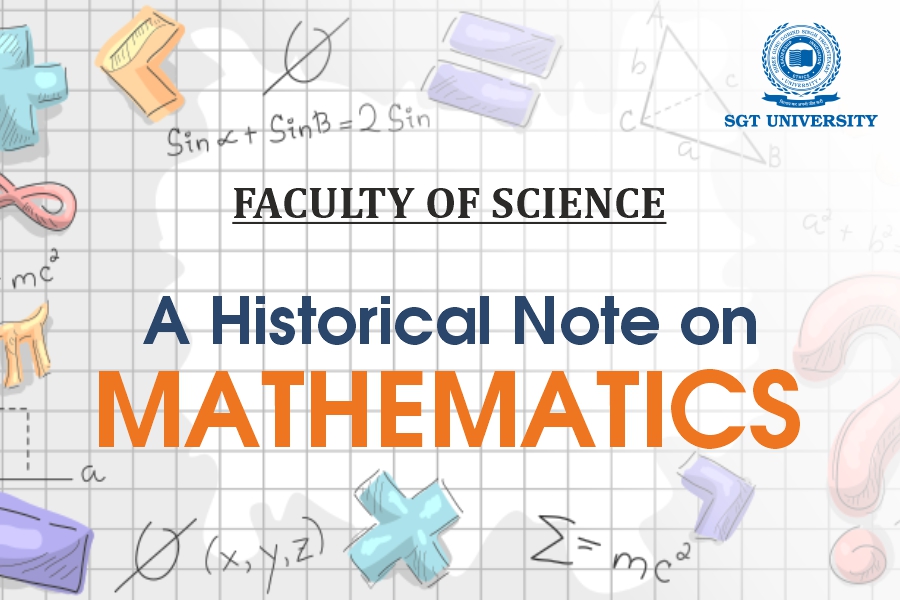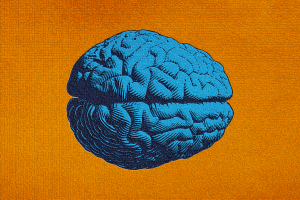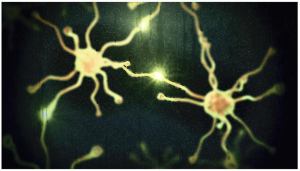Counting is the backbone of mathematics. However, it is unrealistic to assume that early counting was a form of mathematics. Mathematics can only be claimed to have begun when some record of the counting was made and, as a result, some representation of numbers occurred.
Mathematics began to evolve in Babylonia around 2000 BC. Previously, a place value notation number system with a number base of 60 had evolved over time. It enabled the representation of arbitrarily big numbers and fractions and served as the foundation for more advanced mathematical progress.
Since at least 1700 BC, many problems like the Pythagorean triplets have been investigated. To solve number difficulties, a system of linear equations was investigated. Quadratic equations were also investigated, resulting in a sort of numerical algebra. Geometric problems involving similar figures, area, and volume were also investigated, and values were determined.
The Greeks acquired the Babylonian mathematical foundation and began autonomous development around 450 BC. Zeno of Elea’s paradoxes led to Democritus’ atomic theory. The realisation that rational numbers were insufficient to measure all lengths led to a more detailed description of concepts.
Irrational numbers were given geometric form. Area studies resulted in some integration. Apollonius reaches a pinnacle in pure mathematics with his theory of conic sections. Astronomy inspired many mathematical breakthroughs, such as the study of trigonometry.
Between 300 BC and 200 AD, the Greeks made significant advances in mathematics. Following this period, Islamic countries continued to progress. Mathematics flourished in Iran, Syria, and India in particular. This study did not match the advances made by the Greeks, but it did maintain Greek mathematics in addition to the Islamic progress.
Adelard of Bath, and later Fibonacci, brought this Islamic mathematics and its understanding of Greek mathematics back to Europe around the century.
With the algebraic solution of cubic and quartic equations, a significant development in mathematics in Europe resumed at the beginning of the 16th century with Pacioli, then Cardan, Tartaglia, and Ferrari. Copernicus and Galileo revolutionised the applications of mathematics to the study of the universe.
The advancement of algebra had a significant psychological impact, and excitement for mathematical inquiry, particularly algebraic research, went from Italy to Stevin, Belgium, and Viète, France.
With his discovery of logarithms in the century, Napier, Briggs, and others substantially expanded the capacity of mathematics as a calculatory science. Cavalieri advanced towards calculus with his infinitesimal approaches, while Descartes introduced the strength of algebraic methods to geometry.
Fermat, who began the mathematical study of probability with Pascal, continued the progress toward calculus. However, calculus would be the most important issue to develop in the century.
Newton developed calculus as a tool to advance the study of nature, building on the work of many earlier mathematicians, such as his instructor Barrow. His work included many new findings demonstrating the interconnectedness of mathematics, physics, and astronomy.
Newton’s gravitational theory and his light theory usher us into the century. However, we must also acknowledge Leibniz, whose considerably more rigorous (though still unsatisfactory) approach to calculus set the stage for century mathematical work rather than Newton’s.
The impact of Leibniz on the numerous Bernoulli family members was crucial in seeing the calculus increase in potency and range of applications. Euler, the most influential mathematician of the eighteenth century, was responsible for inventing two new fields of mathematics: the calculus of variations and differential geometry.
Euler was also instrumental in advancing the number theory study that Fermat had started successfully. Lagrange was to develop a rigorous theory of functions and mechanics toward the end of the century. Laplace’s important work on celestial mechanics and Monge and Carnot’s major advances in synthetic geometry occurred at the turn of the century.
The nineteenth-century experienced rapid development. Fourier’s study on heat was extremely important. Plücker was a pioneer in analytic geometry, while Steiner was a pioneer in synthetic geometry.
Lobachevsky and Bolyai devised non-Euclidean geometry, leading to Riemann’s geometry description. Gauss investigated quadratic reciprocity and integer congruence and is considered by some to be the greatest mathematician of all time. His contributions to differential geometry revolutionised the field. He also made significant contributions to astronomy and magnetism.
Galois’ work on equations and his vision of mathematics’s path in investigating fundamental operations dominated the nineteenth century. Galois’ invention of the group notion ushered in a new period of mathematical research that lasted well into the twentieth century.
Cauchy began rigorous analysis and the study of the theory of functions of a complex variable, expanding on Lagrange’s work on functions. Weierstrass and Riemann would continue this work. Cayley moved algebraic geometry ahead, complementing Hamilton and Grassmann’s work on matrices and linear algebra.
Cantor nearly single-handedly invented set theory at the end of the nineteenth century. His examination of the concept of number added to Dedekind and Weierstrass’ fundamental work on irrational numbers. The requirements of mathematical physics and astronomy guided the analysis.
The study of topological groups and differential topology arose from Lie’s work on differential equations. The application of analysis to mathematical physics was to be revolutionised by Maxwell. Maxwell, Boltzmann, and Gibbs invented statistical mechanics.
The ergodic theory arose as a result. The study of electrostatics and potential theory sparked interest in integral equations. Fredholm’s work influenced Hilbert and the development of functional analysis.
The Faculty of Science, SGT University is one of the best colleges in Delhi NCR for science courses. The faculty has five departments namely: Department of Physics, Department of Chemistry, Department of Mathematics, Department of Forensic Science, and Department of Environmental Science. The Faculty of Science offers 12 courses – 2 Undergraduate, 5 Post Graduate, and 5 PhDs.
Dr. Mohammad Asim
Assistant Professor
Department of Mathematics
Faculty of Science
SGT University




